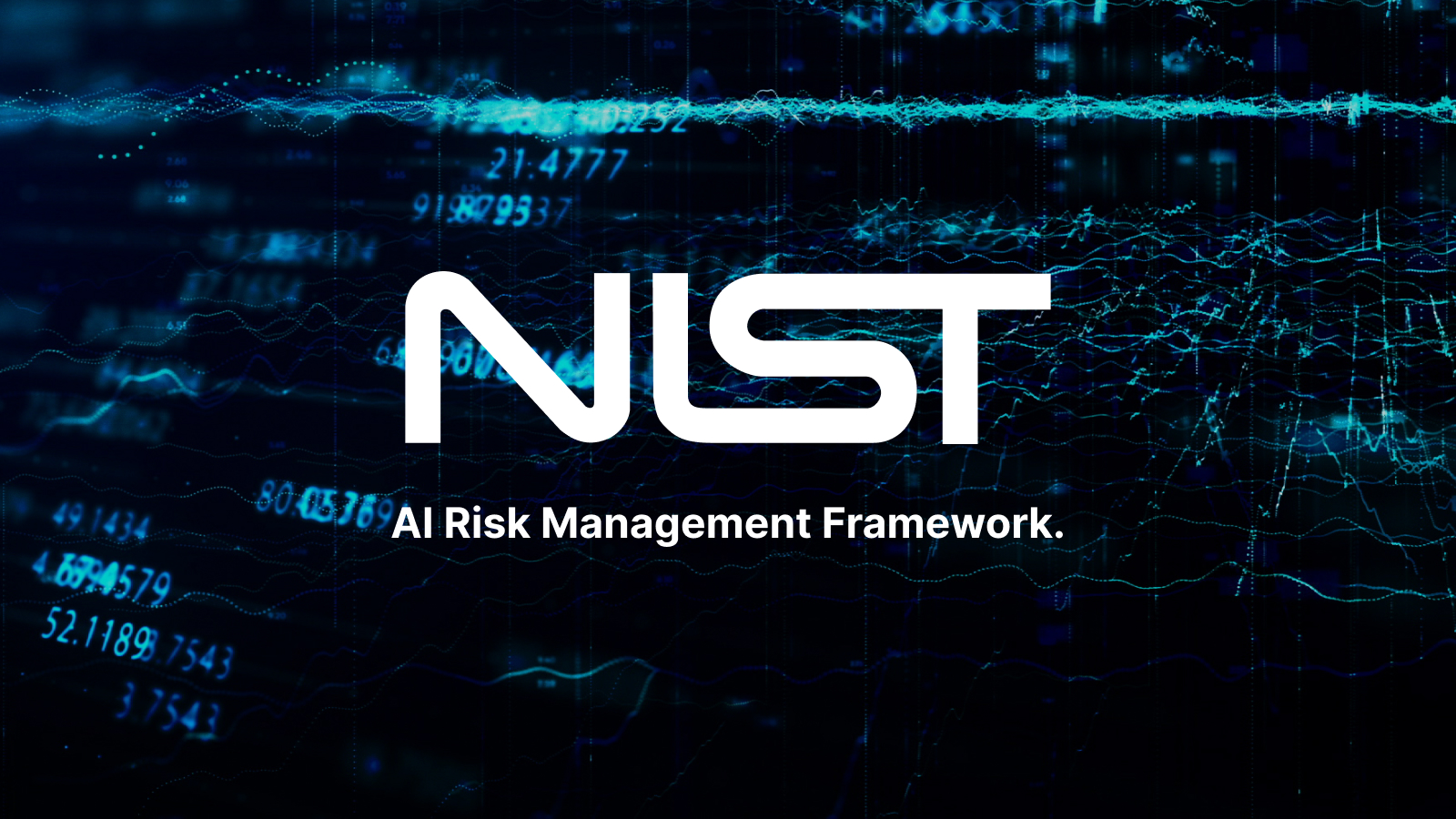In today’s hyper-connected digital landscape, API and web application security has become a mission-critical concern for enterprises of all sizes. With the rise of cloud computing, mobile apps, and microservices, APIs are the backbone of modern business infrastructure. However, this reliance on APIs opens the door to significant security vulnerabilities if left unprotected.
Building an effective API security strategy and defending web applications against modern-day exploits is no longer optional—it’s mandatory. This guide outlines the best practices and strategies for protecting your business from API security risks, as well as web application exploits that can cripple your operations.
Understanding API vulnerabilities
Before diving into the best practices for API security, it’s essential to understand the nature of the threats facing APIs. APIs act as intermediaries, allowing different software systems to communicate. Unfortunately, this vital role makes them a prime target for attackers seeking to exploit weaknesses, gain unauthorized access, and manipulate data.
Common API security threats include:
- Broken authentication. This occurs when an API lacks proper authentication controls, allowing attackers to impersonate users.
- Data exposure. Unsecured APIs may inadvertently expose sensitive information, including personally identifiable information (PII), trade secrets, or financial data.
- Injection attacks. These occur when malicious input is sent through an API, exploiting the lack of input validation to execute unauthorized code.
- Rate limiting violations. APIs that don’t implement rate limiting may fall victim to denial of service (DoS) attacks, where systems are overwhelmed with excessive requests.
How to build an effective API security strategy
A robust API security strategy is crucial for ensuring your APIs’ integrity, confidentiality, and availability. Below are key steps to developing a strategy that will protect your APIs and, by extension, your business:
Implement strong authentication and authorization
The first line of defense is ensuring that only authorized users can access your APIs. Authentication should be multi-faceted, requiring users to provide at least two forms of identification (multi-factor authentication, or MFA). Authorization ensures that users have appropriate permissions to access the data or functions they are requesting.
A common approach for secure API authentication is OAuth 2.0, which provides token-based authorization, allowing secure interaction between different systems without exposing user credentials.
Authorization is recommended to validate the user permissions in the backend and not trust client-provided data such as JSON data in the request. Instead use claims in JWT if this approach was implemented, or validate user permissions based on the cookie session.
Use HTTPS and TLS everywhere
Ensuring that all API traffic is encrypted with HTTPS and Transport Layer Security (TLS) is non-negotiable. Data should be encrypted in transit to prevent man-in-the-middle attacks, where attackers intercept and manipulate communication between systems.
Input validation and sanitation
One of the most effective defenses against injection attacks and other malicious exploits is rigorous input validation. All incoming data should be sanitized to ensure it meets the expected format and doesn’t contain potentially harmful code.
For example, using libraries that automatically escape special characters or frameworks that enforce strict data-type matching, can prevent many common injection vulnerabilities and, if possible apply the allowlist mindset instead of blocklist and implement at least data model-based sanitization.
Rate limiting and throttling
APIs are particularly vulnerable to DoS attacks if they lack rate limiting or throttling mechanisms. By limiting the number of requests that can be made to an API within a given timeframe, you can significantly reduce the risk of such attacks. Additionally, throttling ensures that excessive traffic from a single client doesn’t degrade the experience for other users.
Monitor and log API activity
One of the best API security best practices is to continuously monitor and log all API activity. Logging helps identify potential security incidents by tracking who accessed what data and when. Moreover, monitoring tools that use machine learning can detect unusual patterns and flag potential threats before they cause damage.
To add an extra layer of security, consider using cybersecurity services that specialize in threat detection and incident response. Partnering with expert cybersecurity companies can enhance your API monitoring capabilities and provide real-time security alerts.
Web application exploits and defenses
Web applications face a variety of threats, many of which overlap with API vulnerabilities. From cross-site scripting (XSS) to SQL injection, the attack surface of modern web apps is vast. Defending against these attacks requires a multi-layered approach.
Common web application exploits
- Cross-site scripting (XSS). This vulnerability allows attackers to inject malicious scripts into web pages viewed by other users. XSS can lead to the hijacking of user sessions, phishing, and the spread of malware among other attacks.
- SQL injection. A well-known vulnerability that allows attackers to execute arbitrary SQL queries, often leading to the exfiltration of sensitive database information.
- Cross-Site Request Forgery (CSRF). CSRF tricks a user into submitting requests to a web application that they are authenticated on, performing unwanted actions without their knowledge.
- Server-Side Request Forgery (SSRF). This allows attackers to manipulate a web application to send unauthorized requests to internal systems.
Defenses against web application attacks
Just like with APIs, defending web applications requires a well-structured security framework. Here are key defense strategies:
Web Application Firewalls (WAF): A WAF helps filter and monitor HTTP requests that flow into web applications, effectively blocking malicious traffic before it reaches your application. While properly configured WAFs are crucial in defending against SQL injections, XSS attacks, and other common exploits, the ultimate goal should always be robust input and output validations within your application’s code.
- Content Security Policies (CSP). Enforcing CSP headers can mitigate XSS by restricting the types of content that a web application can load. For example, you can specify which domains your application is allowed to load resources from, preventing the injection of malicious scripts.
- Secure development practices. Security must be ingrained in the development lifecycle. Adopting a DevSecOps approach ensures that security is considered at every phase of development, from code review to deployment. This reduces the likelihood of vulnerabilities making their way into production environments.
- Regular security audits and penetration testing. Even the most secure applications can have overlooked vulnerabilities. Conduct regular penetration testing to identify potential weaknesses before attackers do. Trusted cybersecurity services can assist with these efforts, ensuring your web applications are always up to date with the latest security protocols.
Conclusion: Proactive API and web app security
In an era where data breaches can lead to reputational damage and financial loss, building a proactive API and web app security strategy is paramount. Whether you’re managing a complex microservices architecture or maintaining traditional web applications, you need to ensure that robust security measures are in place.
Don’t wait until your business becomes the next breach headline. By following best practices for API security and adopting a defense-in-depth strategy for your web applications, you can protect your enterprise from costly and damaging attacks.
For organizations looking to enhance their security posture, cybersecurity companies provide a full range of cybersecurity services tailored to the specific needs of your infrastructure. Take the first step today by implementing a solid security foundation and ensuring your digital assets are well-guarded.
Explore our Cloud, SRE, DevOps & Cybersecurity solutions
With our Cloud, SRE, and DevOps Studio embrace cloud-native solutions for accelerated development, combined with reliable, secure, and scalable environments.


























